Featuring about 110 works of art from the Rubin Museum of Art, this exhibition—in addition to historical works such as sculptures, paintings, manuscripts and ritual implements—further integrates first-person perspectives from specialists and practitioners from Himalayan communities and commissions from contemporary artists to reveal the continuous use of distinct materials and techniques in contemporary cultural practices and community celebrations.
This exhibition is organized and provided by the Rubin Museum of Art, New York.
Supporters of the Rubin Museum’s Project Himalayan Art:
Leadership support for Project Himalayan Art is provided by the Henry Luce Foundation.
Project Himalayan Art has been made possible in part by a major grant from the National Endowment for the Humanities: Democracy demands wisdom.
This project was made possible in part by the Institute of Museum and Library Services MA-253379-OMS-23.
This project is supported in part by the National Endowment for the Arts.
Lead support is provided by the Ellen Bayard Weedon Foundation, Bob and Lois Baylis, Barbara Bowman, the E. Rhodes & Leona B. Carpenter Foundation, Noah P. Dorsky, Fred Eychaner, Christopher J. Fussner, the Estate of Lisina M. Hoch, Matt and Ann Nimetz, The Randleigh Foundation Trust, Shelley and Donald Rubin, and Jesse Smith and Annice Kenan.
Major support is provided by Daphne Hoch Cunningham and John Cunningham, Stephen and Sharon Davies, the Edward and Elizabeth Gardner Foundation, Mimi Gardner Gates, Hongwei Li, Max Meehan, the Monimos Foundation, Edward O’Neill, The Prospect Hill Foundation, Sarah and Craig Richardson, Rossi & Rossi, the Andrew Sabin Family Foundation, Namita and Arun Saraf, Eric and Alexandra Schoenberg, Eileen Caulfield Schwab, UOVO, Sandy Song Yan, and the Zhiguan Museum of Art.
This exhibition is sponsored locally by the generous support of Ken and Laura Berns; Visit Gainesville, Alachua County; and other generous donors.
Special Support for Project Himalayan Art is provided by:
Dr. Bibhakar Sunder Shakya, to honor the memory and legacy of Professor Dina Bangdel, art historian, curator, cultural activist, and educator from Nepal.
Samphe and Tenzin Lhalungpa, to honor the memory and works of L.P. Lhalungpa, Tibetan scholar, broadcaster, and educator.

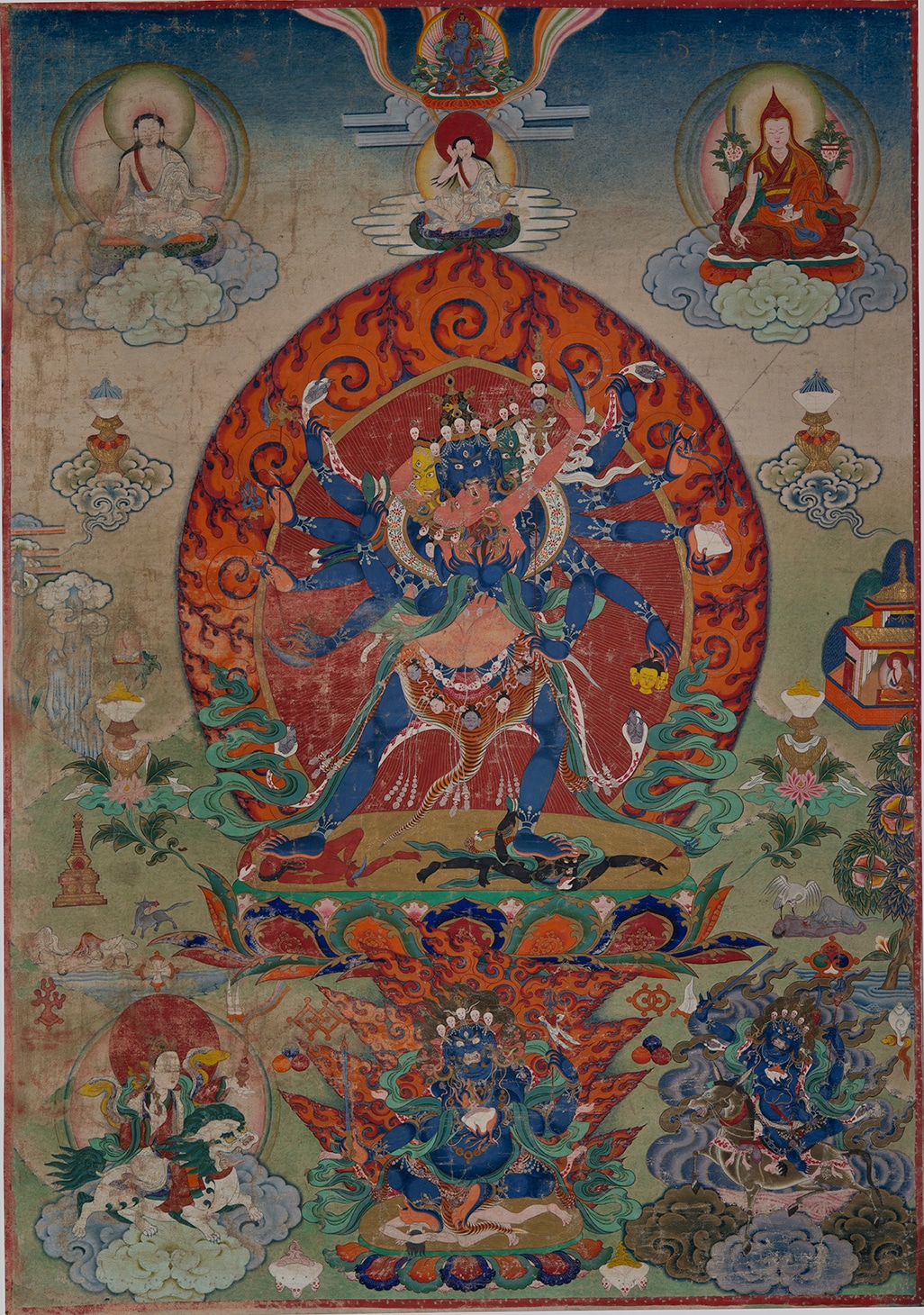
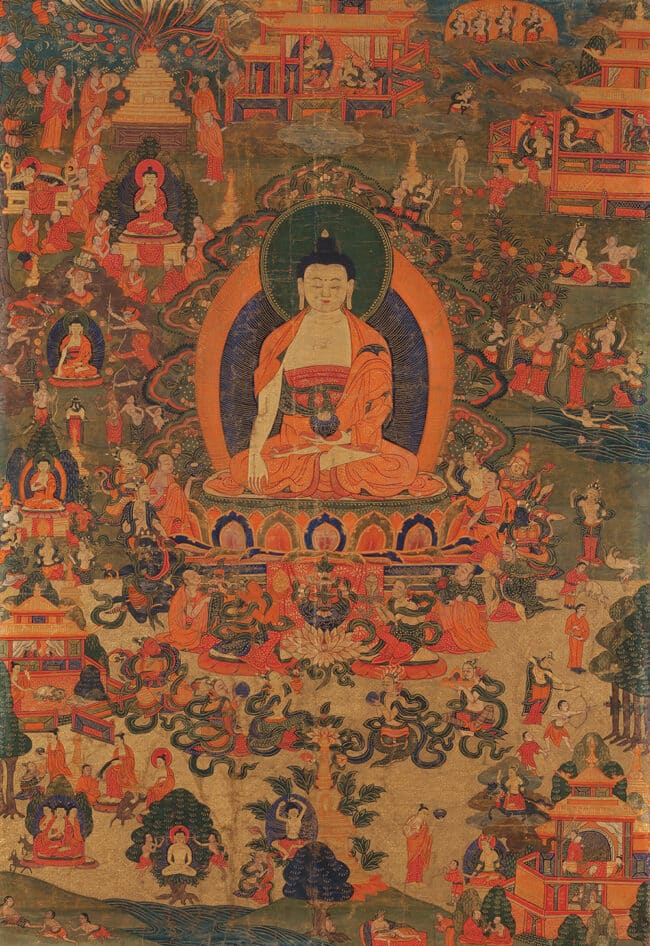


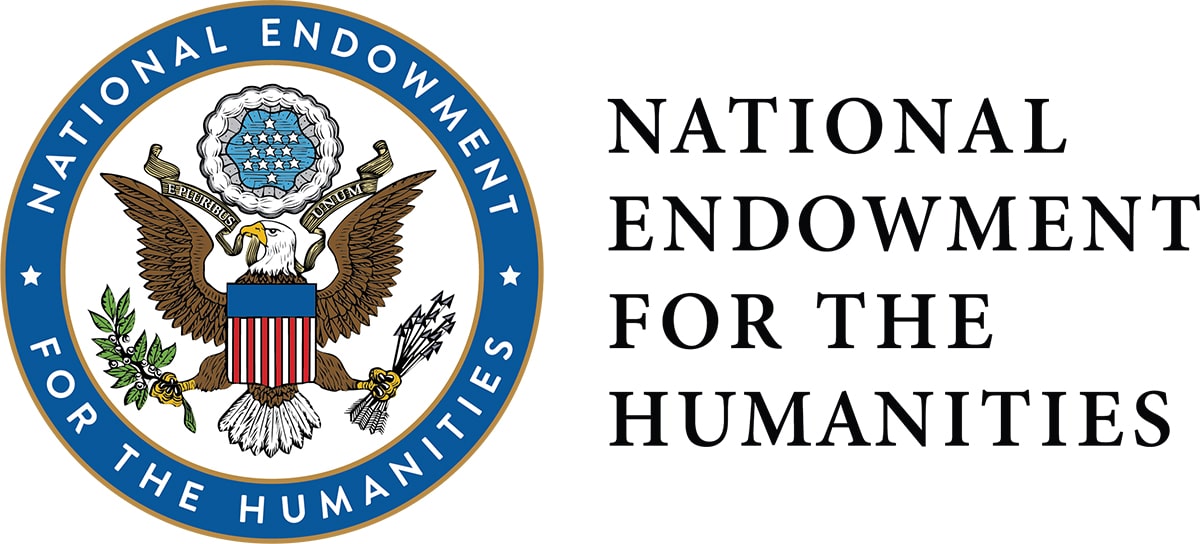

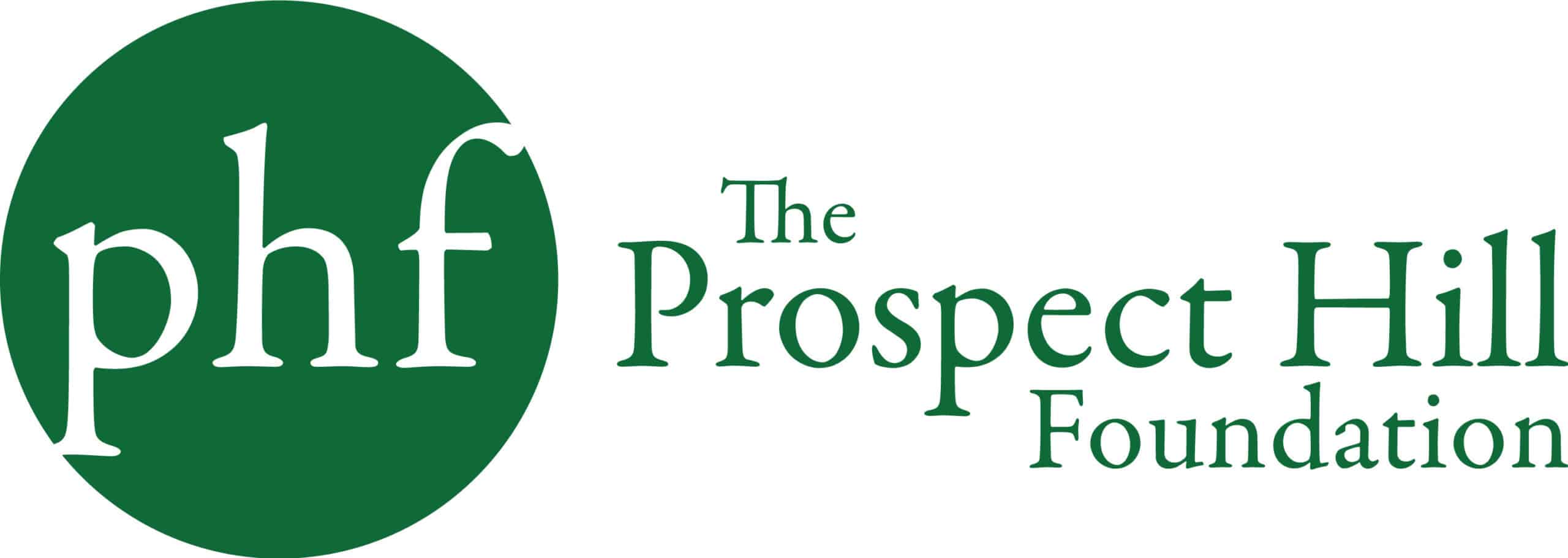


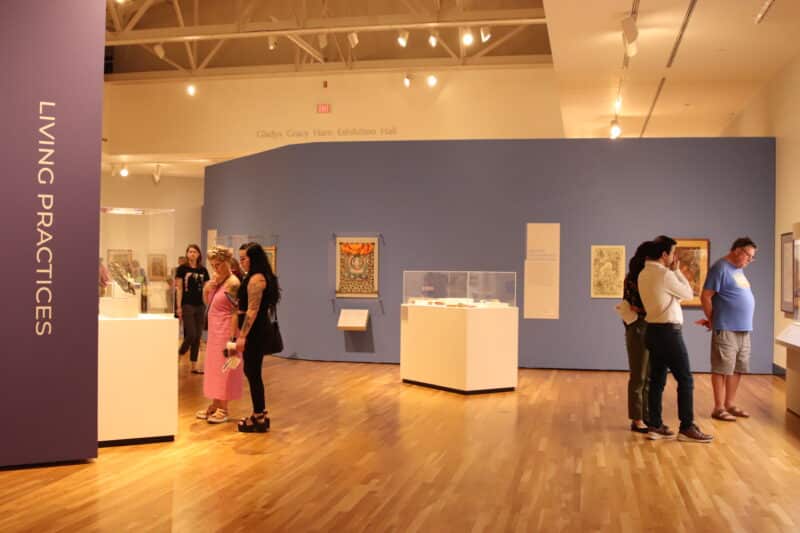 Elena Pakhoutova, Senior Curator of Himalayan Art, Rubin Museum of Art
Elena Pakhoutova, Senior Curator of Himalayan Art, Rubin Museum of Art